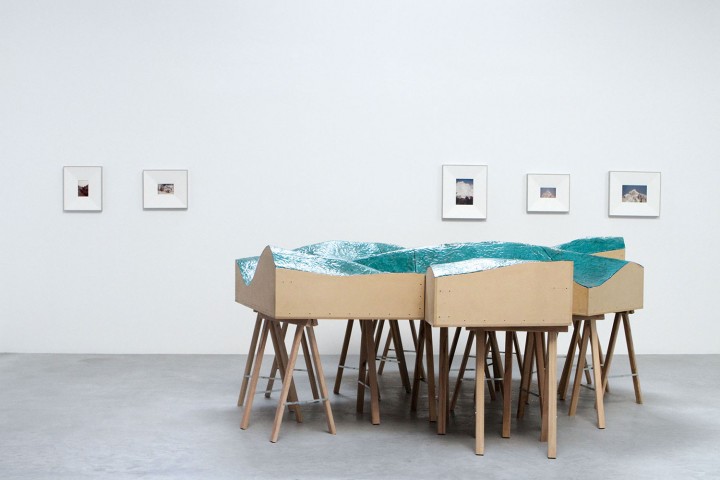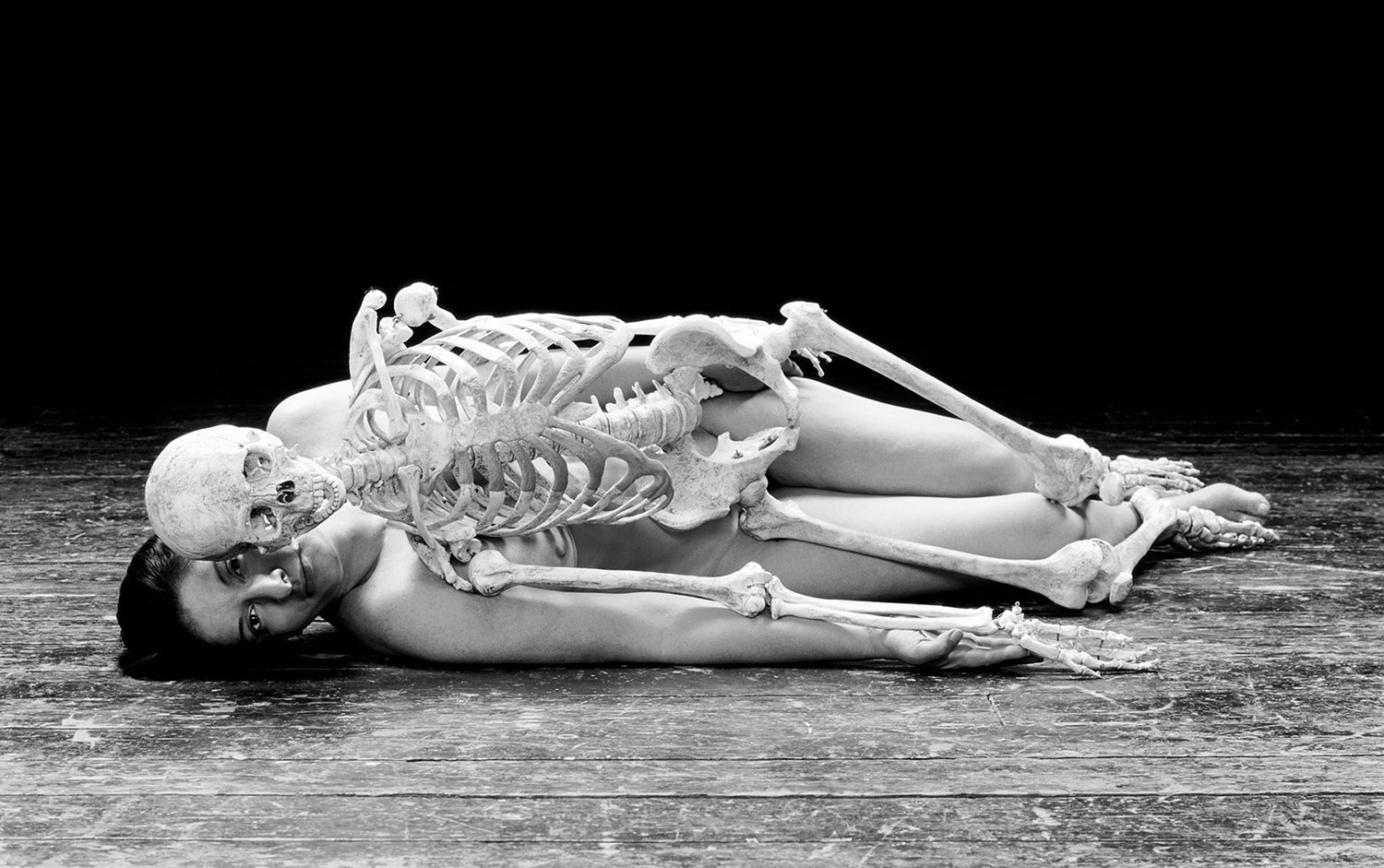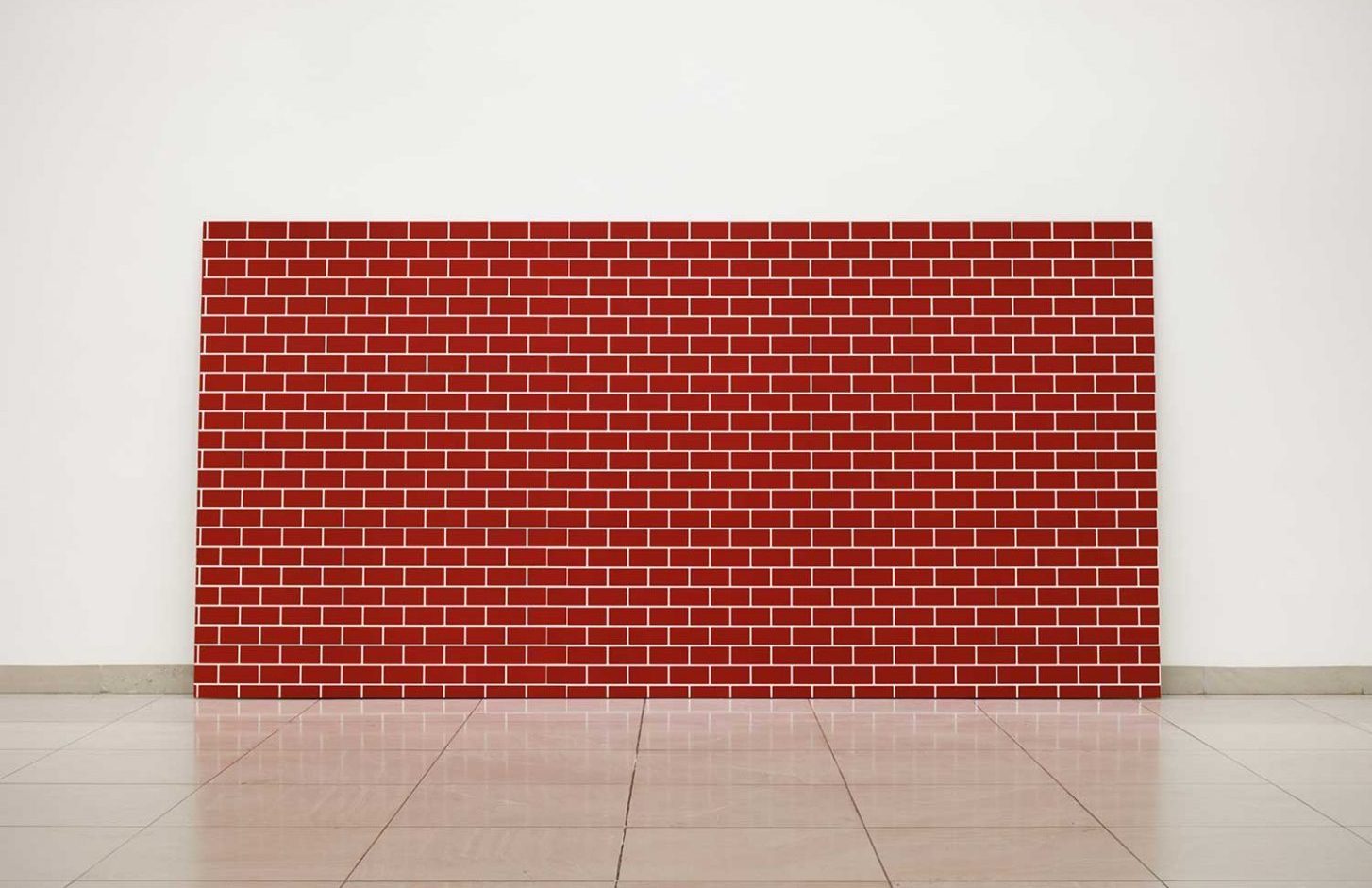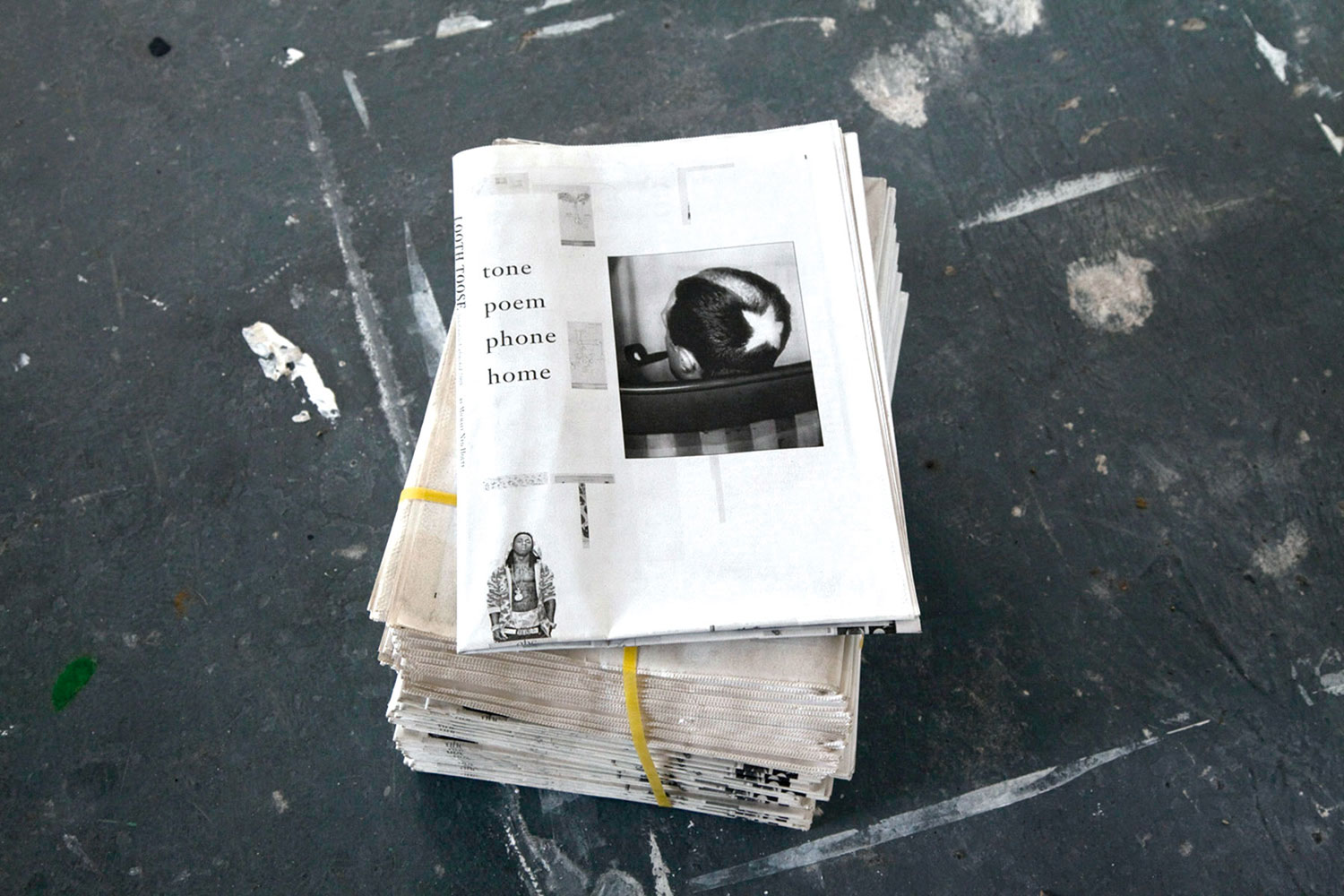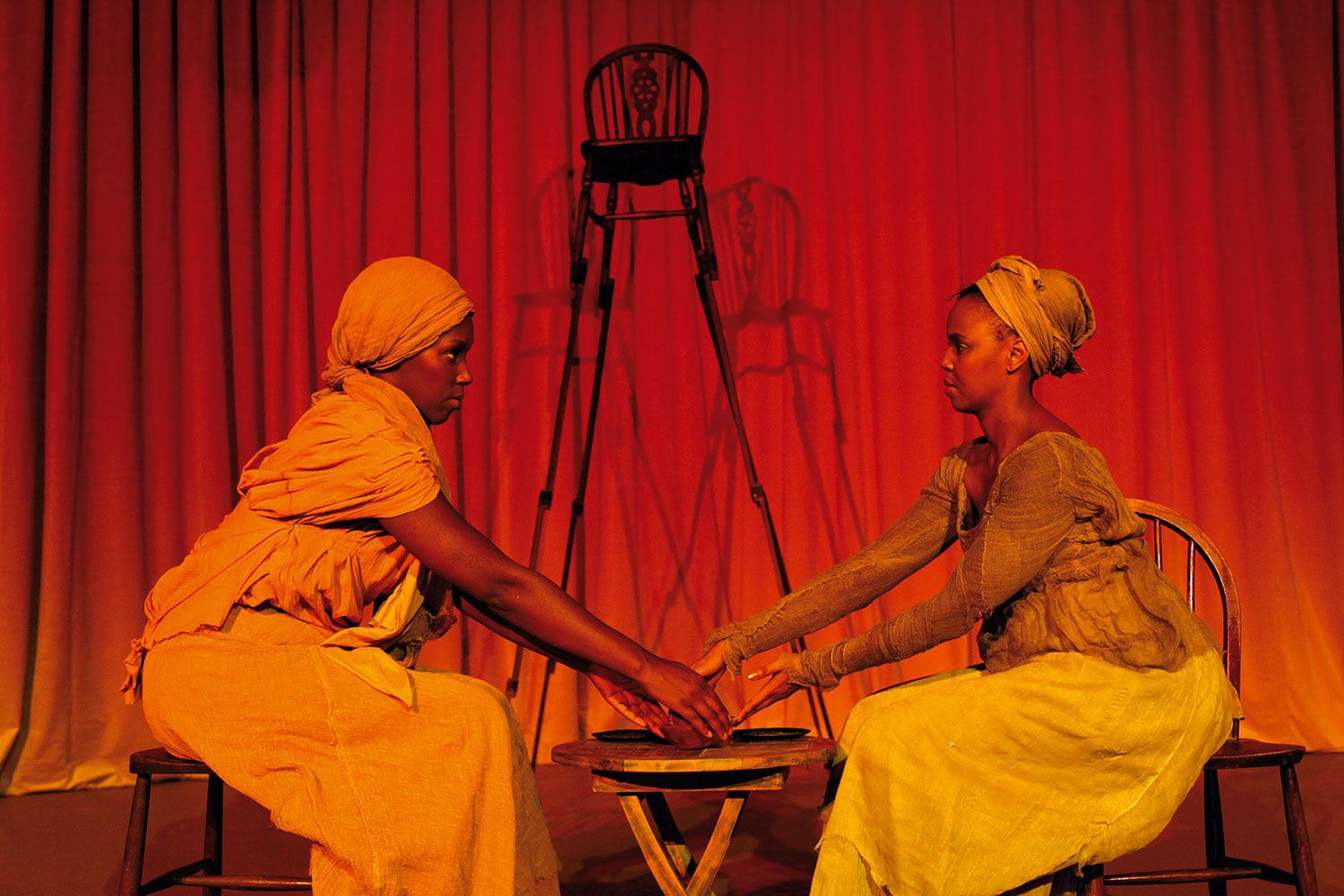
With this intricately interwoven effort, Thomas Demand has raised the bar on curatorial practice to a level at which the exhibition comprises a material artwork unto itself apart from its constituents. “La Carte D’Après Nature” takes its title and inspiration from a series of postcards and booklets published under that appellation by René Magritte from 1951 through 1965. Roughly, in context, it translates, “a (small printed) cartography of nature.” Broadly, the theme of this show is a modernist interlocution between man and his environs — a squaring off of synthetic versus organic. This is made manifest in severa
l ways: the layout of the show and the interrelationships of artworks that explore said subject, such as Model of a Cubist Tree, Built by Michel-Witold Gierzod by the brothers Jan and Joel Martel, an angular, geometric sculpture of a tree that caused a small sensation when exhibited at the Exposition internationale des arts décoratifs et industriels modernes in Paris in 1925. Here, Michel-Witold Gierzod’s contemporary maquette stands in surrounded by historical printed matter and documentation. Martin Boyce’s floor plan for the show was based on the geometry of the sculpture.

There are 39 photographs by Luigi Ghirri, mostly of trees and flora, framed in indented matting boards designed by Demand to accent their subjects. The arrangements of component artworks within several of the rooms comprising the highly unorthodox floor plan of odd, sharp angles are frequently interdependent with the issues in Ghirri’s photographs. Similarly, Ghanaian Kudjoe Affutu’s contemporaneous wooden sculpture of a refrigerator/casket with ethnographic references is cleverly juxtaposed against two albumen prints from 1870 by August Kotzsch. Demand’s curatorial knitting also links it to a drawing of an unusual coffin back in the display case at the entrance, which contains a full set of Magritte’s publication.
Having commenced with Magritte, it is fitting that a generally surrealistic premise pervades. Sigmar Polke’s fourteen black-and-white photographic pieces are all pictures of objects or arrangements of them that resemble trees, including objectified humans. Ger van Elk contributes a 1970 video commissioned by Dutch television of a small cactus being shaved of thorns. And three beautiful paintings by Magritte himself are displayed over Demand’s only entry in the New York version of the exhibition: wallpaper of Magritte’s iconic burgundy curtains. While one peruses the show a background soundtrack permeates — a somewhat sinister, definitely spacey, abstract rock and roll that comes from somewhere “back there.” In what must be considered the last room, Rodney Graham’s film of an LSD-tainted day in the park reels out in syncopation with his soundtrack.
Demand’s demanding and highly intelligent endeavor requires the patience and curiosity to puzzle out and discover its linchpins and cross-references. The individual pieces are, of course, worthy on their own merits, but the novelty and gestalt of the entirety is an equally rewarding gambit.

